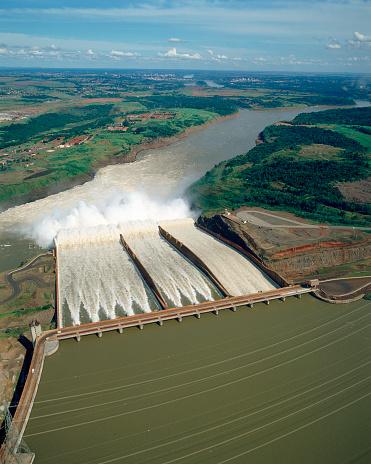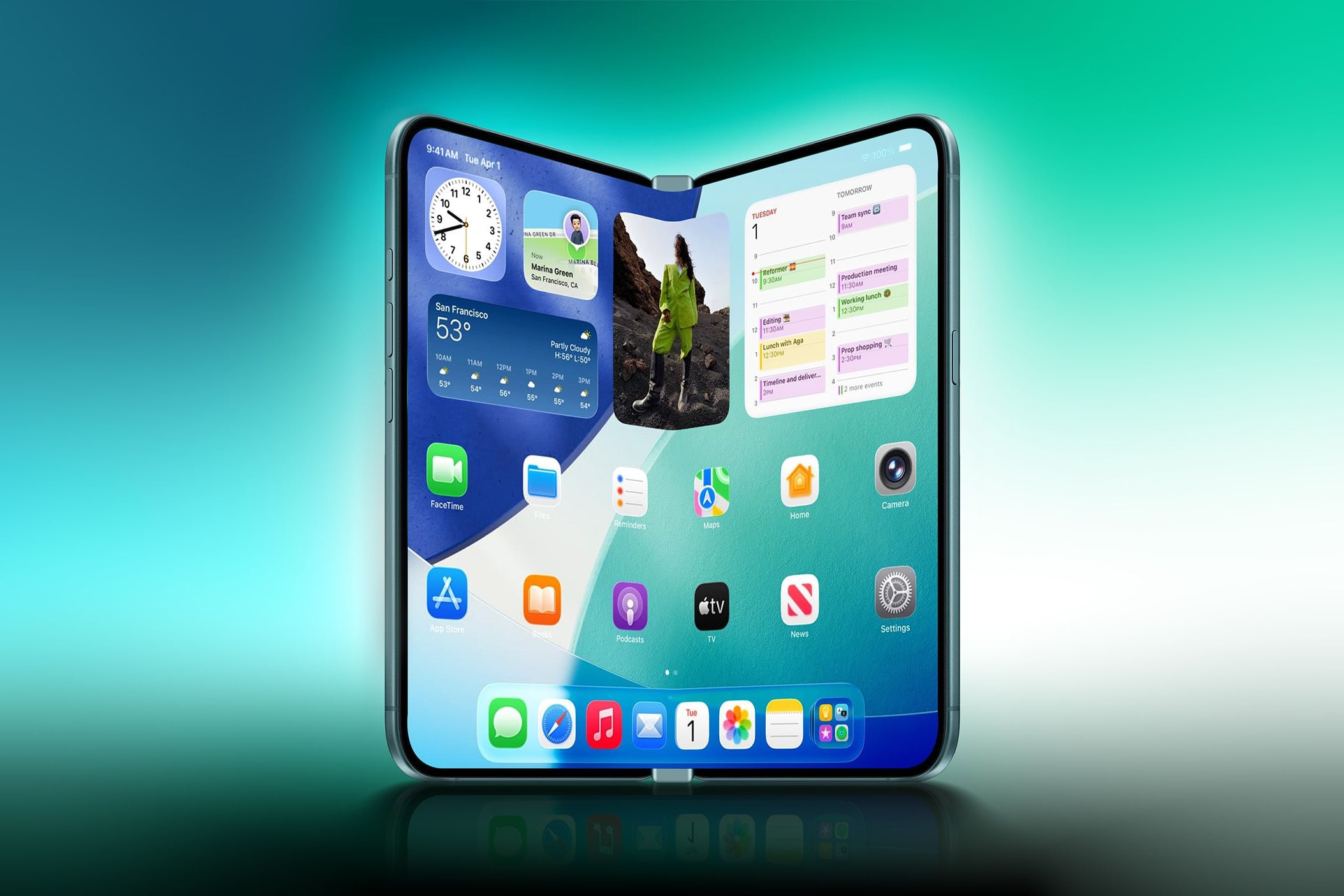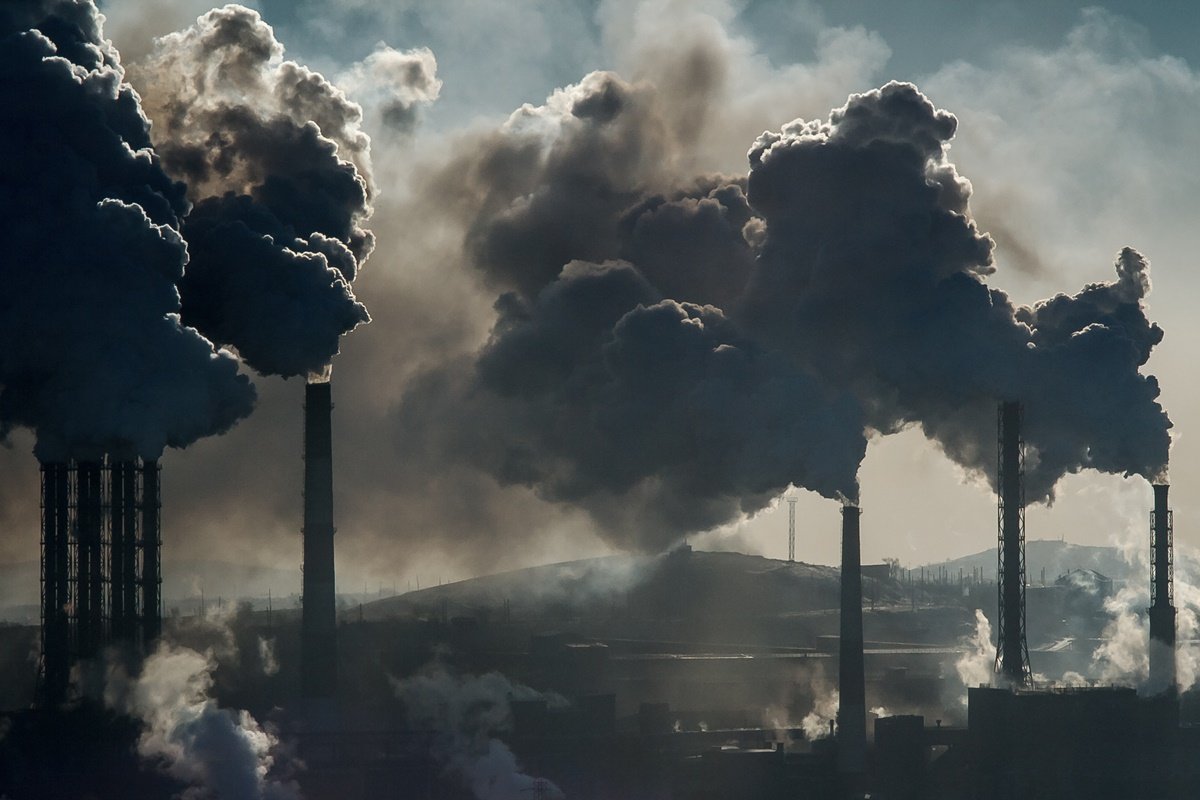One of those countries is Brazil. largest forest cover in the worldwith the Amazon rainforest representing approx. 60% of the country’s territory. It’s fundamental to global climate balance because it’s one of the main carbon sinks on the planet – which means the Amazon can. Capture and store copious amounts of carbonHelps reduce greenhouse gas emissions.
HE carbon credit It is an important tool to reduce the emission of these gases and mitigate the effects of global warming, and Brazil has all the conditions to lead the carbon credit market due to its renewable energy matrix and geographical and climatic advantages.
What is a carbon credit?
Carbon credits are compensation for greenhouse gas (GHG) emissions. Businesses, governments and other organizations can invest in projects that reduce these emissions or capture carbon in the atmosphere to get credits to offset their own emissions. Each carbon credit represents an equivalent ton of carbon dioxide (CO2) emissions reduction..
The concept of carbon credit, In 1997, the Kyoto Protocol, which set targets for reducing greenhouse gas emissions. Since then, many countries have joined the carbon market and Brazil can lead this market due to the large forest areas that can be used to carry out carbon offset projects.
Learn how carbon credit works
Carbon credits are generated as follows: emission reduction or carbon capture projectsaimed at reducing greenhouse gas emissions or removing CO2 from the atmosphere.
Some of the projects may include, for example, using renewable energy instead of fossil fuels, implementing sustainable farming practices, reforestation or protecting existing forests.
A country or company that manages to reduce its CO2 emissions below a certain limit receives carbon credits that can be sold to other countries or companies that do not reach this limit.
This is a way to promote the reduction of carbon emissions, rewarding those who manage to do it effectively and correctly with financial profits.
Understand why Brazil can lead the market
As mentioned earlier, Brazil largest forest cover in the world. This means we have the power to capture and store large amounts of carbon, which will help reduce greenhouse gas emissions and put the country in a great position to be the market leader in carbon credits.
Brazil is also world’s largest biofuel producer, especially ethanol and biodiesel, which are cleaner alternatives to fossil fuels. Since the combustion of fossil fuels is responsible for the majority of greenhouse gas emissions, the production of these biofuels can provide carbon credits. The country also has advantages regarding its energy matrix. It is one of the world’s largest producers of renewable energy, with an emphasis on hydroelectric power, which represents over 60% of the Brazilian electricity matrix. Energy production from renewable sources is essential for reducing gas emissions and thus creating carbon credits.

In addition, the country also promotes the generation of electricity from renewable sources such as biomass, wind and small hydroelectric power plants, in addition to the Program for Reduction of Emissions from Deforestation and Degradation (REDD+), which is to reduce greenhouse gas emissions through the conservation and sustainable use of forests, and other programs for the same purpose. National Support Program for Renewable Energy Production (Proinfa).
For Brazil to actually lead the carbon credit market, it is essential to create more incentives and financing mechanisms for projects that will reduce emissions.
This can be done through partnerships with the private sector, investments in companies developing sustainable projects that generate carbon credits, and even government investments in green infrastructure projects.
Source: Tec Mundo
I’m Blaine Morgan, an experienced journalist and writer with over 8 years of experience in the tech industry. My expertise lies in writing about technology news and trends, covering everything from cutting-edge gadgets to emerging software developments. I’ve written for several leading publications including Gadget Onus where I am an author.













